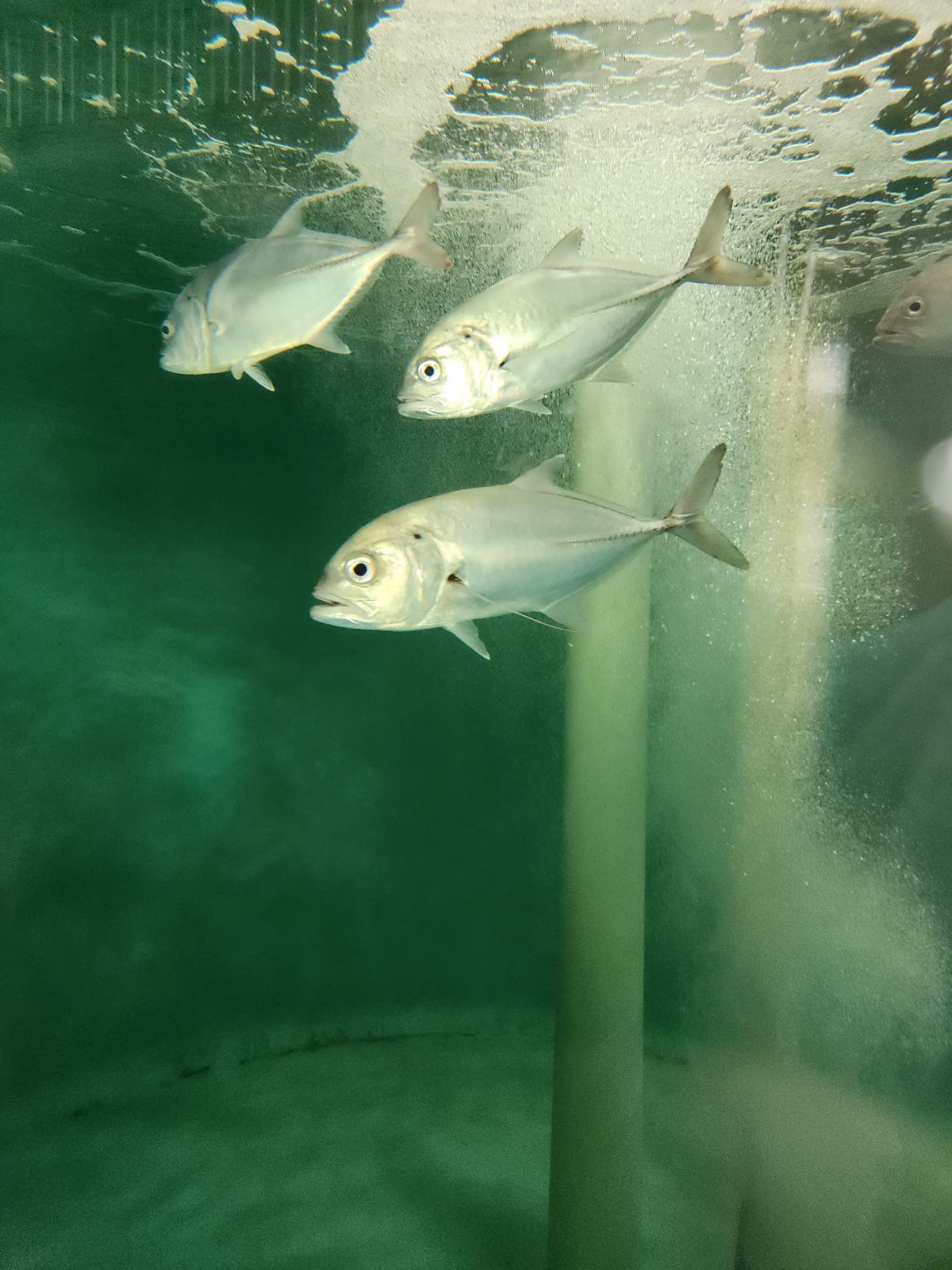Trials will begin this summer on the feasibility of diversifying inland fishing opportunities for recreational fishers in Queensland by introducing two trevally species (Caranx spp.) to selected dams.
Recreational anglers could soon have new sportfishing opportunities with plans to stock dams and impoundments in tropical Queensland with Bigeye Trevally (Caranx sexfasciatus) and Giant Trevally (Caranx ignobilis).
This initiative aims to diversify fishing options in dams currently dominated by Barramundi (Lates calcarifer), to attract a broader range of anglers and boost local tourism.
Both trevally species can grow to over a metre in length and require salt water for breeding, but can live and grow in fresh water, making them ideal candidates for stocking tropical dams within 50 kilometres of the coast.

Risk assessment
Under FRDC Project 2022-155, risk assessment trials will begin in the 2024-25 summer in Kinchant Dam, 35 kilometres inland from Mackay.
Michael Hutchison, Principal Researcher with the Queensland Department of Agriculture and Fisheries, says both trevally species are highly rated sportfish. Introducing them to selected Queensland impoundments could enhance regional economies by attracting touring fishing enthusiasts as well as local anglers.
“They will be accessible from the shoreline, as well as boats, and in weather conditions not suitable for offshore boating. Inland impoundments will provide anglers with options,” says Michael.
The first step is a comprehensive risk analysis to ensure trevally do not pose an environmental risk by unbalancing existing fish populations, he explains.
Initial trials will also test the ongoing feasibility of stocking fingerlings spawned in captivity in a 35,000-litre tank.
“Kinchant Dam is ideal for the trial because it is already stocked with Barramundi. It is an off-river storage which means in the rare event of spillage caused by extreme weather, there is minimal chance of fish escaping downstream,” he says.
“Trevally don’t breed in fresh water, so any negative impacts detected in the stocking trial, can be reversed by stopping the stocking and fishing down the stocked population.”
Growth potential
Michael emphasises the main goal of the project is to increase the variety of species available to anglers.
“We have other recreational species like Sooty Grunter (Hephaestus fuliginosus) stocked in some Barramundi dams, but they are slow growing and not many make it to catchable size because they are preyed on by the Barramundi. The trevally, however, are fast swimmers and fast growing.”
Michael says the other factor that would help trevally reach trophy size is that most recreational fishers in these environments practise catch-and-release.
In the first stage of the three-year trial, researchers will evaluate the survival and development of the introduced trevally fingerlings and study any impacts on prey species such as Bony Bream (Nematalosa erebi) and Fly-specked Hardyhead (Craterocephalus stercusmuscarum stercusmuscarum).
These populations are considered strong and unlikely to be impacted. The research will also evaluate angler attitudes to trevally in impoundments and catch rates.
Researchers will manage any disease risks by testing fingerlings prior to release and will manage genetic diversity using various broodstock and regularly replacing broodstock fish.
For FRDC, the Queensland trevally-stocking project will serve as a case study for other recreational fishing diversification options in northern Australia and elsewhere, particularly near-coastal impoundments.
Related FRDC Project
2022-155: Field based trials and risk assessment of new species to enhance the value of tropical and subtropical impoundment fisheries





